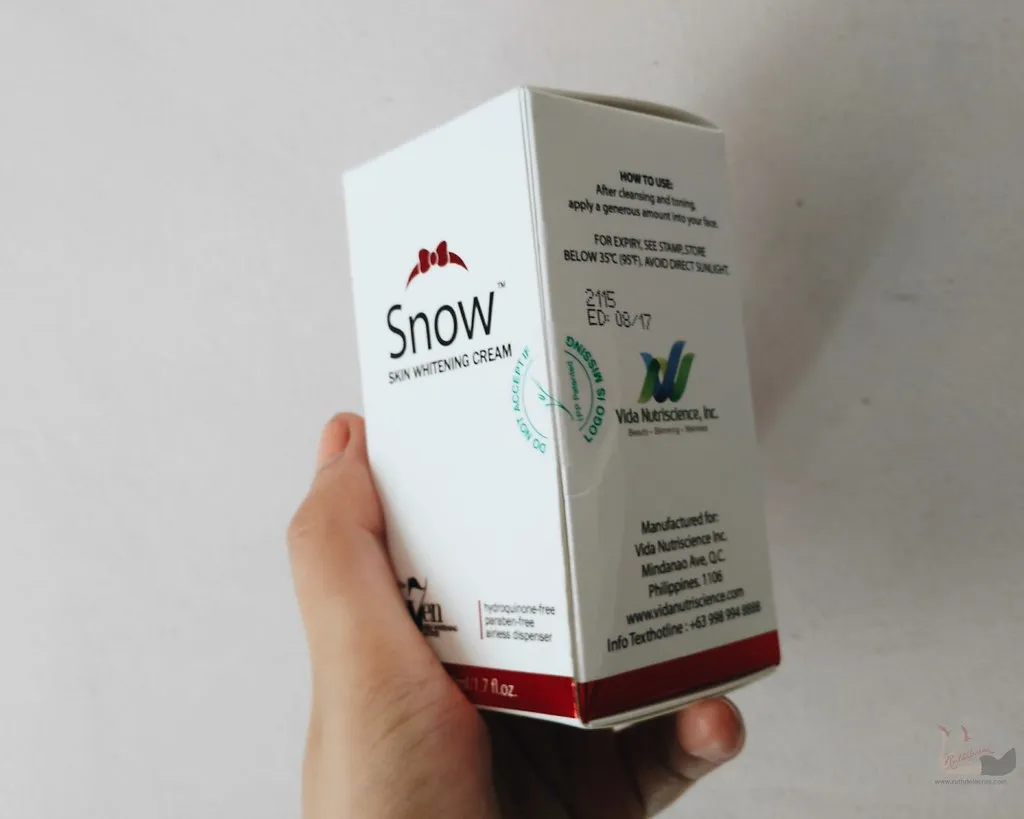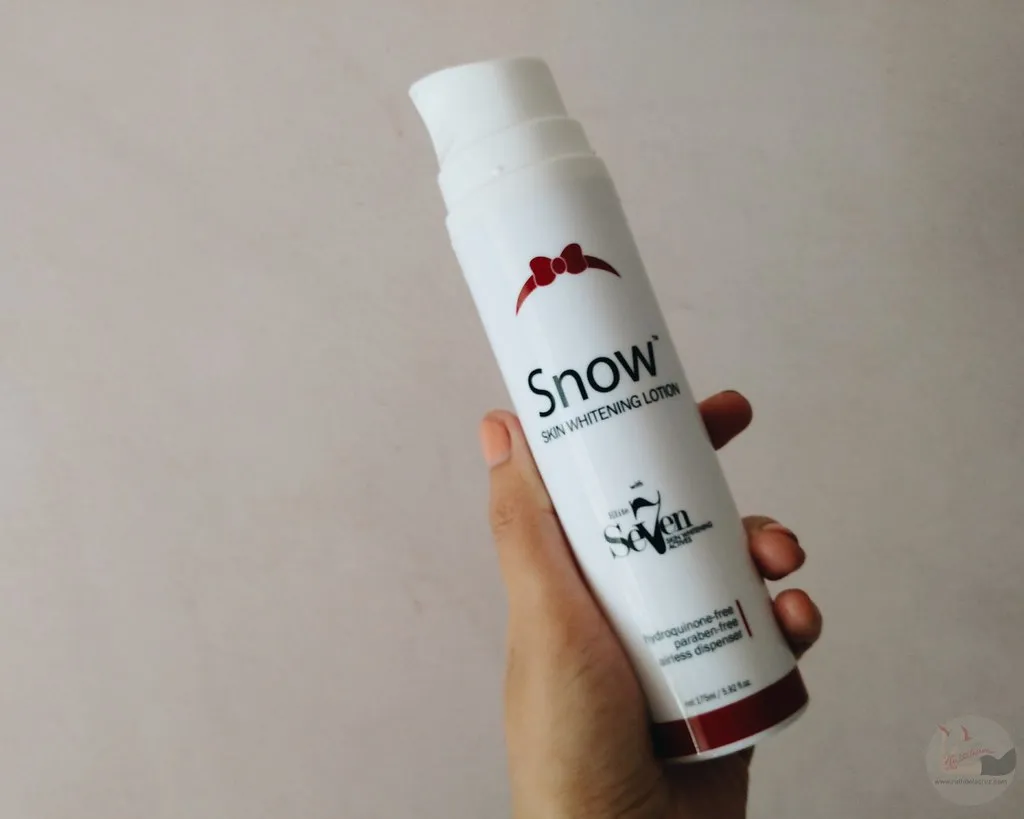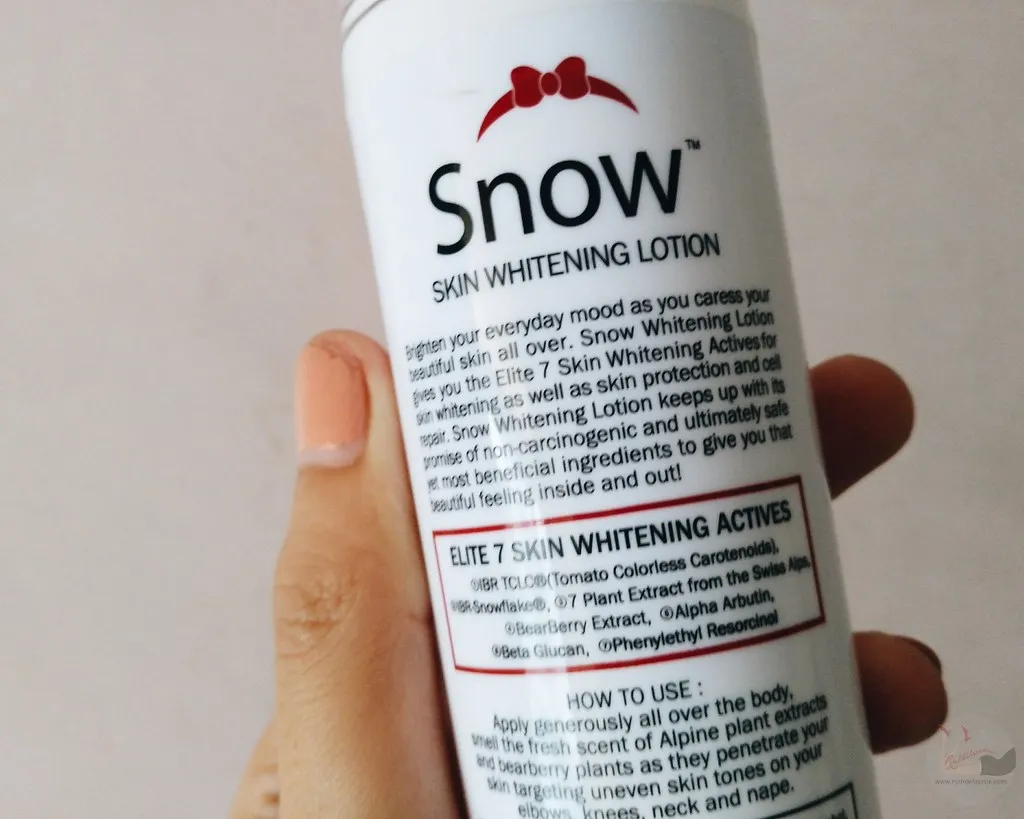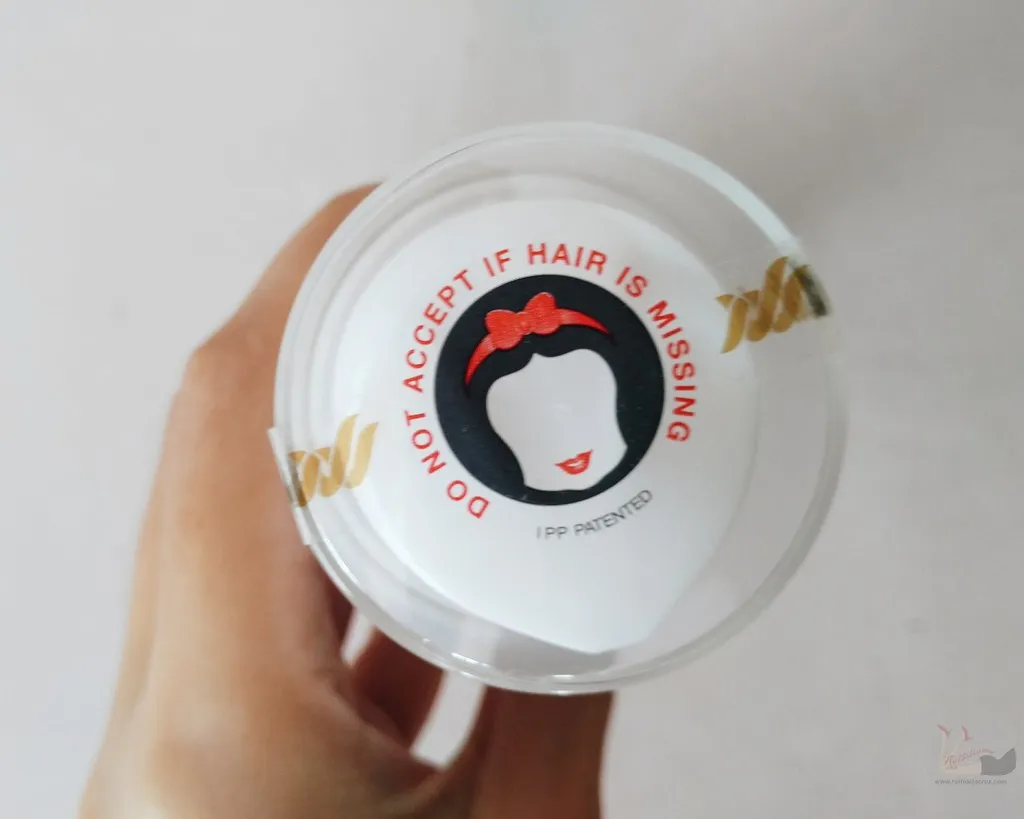What is Snow Skin
Snow skin, a coveted beauty ideal, represents skin that is exceptionally fair, smooth, and luminous, resembling freshly fallen snow. It’s a complexion goal in many cultures, emphasizing a bright, even skin tone free from blemishes, dark spots, and imperfections. Achieving snow skin involves a comprehensive skincare routine focused on lightening, brightening, and maintaining the skin’s health. This pursuit often includes the use of specific products like whitening creams and lotions, alongside lifestyle adjustments that support skin health.
The Science Behind Snow Skin Whitening Creams & Lotions
The effectiveness of snow skin whitening creams and lotions hinges on their ability to influence melanin production, the pigment responsible for skin color. These products typically work by inhibiting tyrosinase, an enzyme crucial in melanin synthesis. Ingredients like hydroquinone, kojic acid, and arbutin are common tyrosinase inhibitors. Furthermore, some formulations include exfoliants such as AHAs (alpha hydroxy acids) and BHAs (beta hydroxy acids) to remove dead skin cells, revealing the brighter skin underneath. Antioxidants, such as vitamin C, are often incorporated to combat free radicals and promote a healthier complexion. The ultimate goal is to lighten existing pigmentation and prevent new dark spots from forming, thereby contributing to a snow-like appearance. The science behind these products is well-researched, but it’s important to use these products with caution and understand their potential side effects.
Key Ingredients for Snow Skin

Several key ingredients are frequently found in snow skin whitening creams and lotions. Hydroquinone, a potent skin-lightening agent, is effective but requires careful use due to potential side effects. Kojic acid, derived from fungi, inhibits melanin production and is a gentler alternative. Arbutin, a natural compound from bearberry plants, gradually lightens the skin. Vitamin C, a powerful antioxidant, brightens skin and protects against environmental damage. Niacinamide, a form of vitamin B3, improves skin tone and reduces hyperpigmentation. AHAs and BHAs exfoliate the skin, promoting cell turnover and a brighter complexion. When selecting products, look for formulations that include these ingredients, but always perform a patch test to check for sensitivities, and consider consulting with a dermatologist to ensure the ingredients align with your skin type and goals. These ingredients work synergistically to achieve the desired snow skin effect.
Types of Creams & Lotions for Snow Skin
The market offers a variety of creams and lotions designed to achieve snow skin, each with different formulations and intended uses. Whitening creams are typically richer, providing intense hydration and targeted treatment for specific areas. Whitening lotions are lighter, suitable for all-over body application and daily use. Serums, often containing concentrated active ingredients, can be layered under creams for enhanced effectiveness. Masks, applied periodically, offer a concentrated dose of whitening agents. Sunscreens are crucial for protecting the skin from further darkening. The choice of product depends on the desired intensity of treatment, skin type, and personal preferences. Understanding the different types helps tailor a snow skin care regimen that best fits individual needs, maximizing the benefits and minimizing potential risks. It’s essential to consider product texture and suitability for your skin before incorporating any new product into your routine.
Choosing the Right Product
Selecting the right snow skin cream or lotion requires careful consideration of several factors. First, identify your skin type (oily, dry, combination, or sensitive) to choose a product that suits your needs. Review the ingredient list, looking for effective, well-researched components while avoiding potential irritants. Consider the product’s concentration of active ingredients and whether it’s appropriate for your skin’s sensitivity. Read reviews and research the brand’s reputation for quality and safety. Patch-test any new product on a small area of skin to check for adverse reactions before full application. Consulting a dermatologist is always recommended to receive personalized advice and ensure that the product aligns with your skin’s specific requirements. Selecting products based on your skin’s needs ensures effectiveness and minimizes the risk of adverse reactions.
Application Techniques

Proper application techniques are crucial for maximizing the effectiveness of snow skin creams and lotions. Start by cleansing your skin to remove impurities and prepare it for product absorption. Apply the cream or lotion evenly, using gentle, upward motions to avoid stretching the skin. Follow the product’s specific instructions, as different formulations may have different usage recommendations. For targeted treatments, apply a thin layer to the affected areas. Consistency is key; regular use, as directed, is essential for achieving desired results. Be patient, as skin lightening takes time. Allow the product to absorb fully before applying any other skincare products or makeup. Remember to wash your hands thoroughly after application. Consistent and correct application enhances the efficacy of your snow skin regimen.
The Importance of Sun Protection
Sun protection is non-negotiable when pursuing snow skin, as UV rays can undo the benefits of whitening treatments. Sun exposure stimulates melanin production, leading to darkening and potential reversal of skin-lightening efforts. Always apply a broad-spectrum sunscreen with an SPF of 30 or higher daily, even on cloudy days. Reapply sunscreen every two hours, especially during outdoor activities or after swimming. Protect your skin by seeking shade during peak sun hours and wearing protective clothing, such as hats and long sleeves. Incorporating sun protection into your routine safeguards your efforts to achieve snow skin, and also protects your skin from premature aging and potential sun damage. Consistent sun protection is key to preserving your snow skin and maintaining overall skin health.
Maintaining Snow Skin
Maintaining snow skin requires a consistent, holistic approach to skincare. Continue using your chosen whitening creams or lotions as part of your daily routine, following the product instructions. Supplement your routine with a gentle cleanser, hydrating moisturizer, and regular exfoliation to promote cell turnover. Stay hydrated by drinking plenty of water and eating a balanced diet rich in vitamins and antioxidants to support skin health. Prioritize sleep and manage stress, as both can impact skin appearance. Regular facials or professional skin treatments can help to maintain your results. Be consistent with your routine to maintain the radiant, even-toned complexion that defines snow skin, and adapt your regimen as needed based on your skin’s response and environmental factors. Maintaining a consistent skincare routine is essential for long-term benefits.
Potential Risks and Side Effects

While snow skin creams and lotions can be effective, it’s important to be aware of potential risks and side effects. Common side effects include skin irritation, redness, dryness, and sensitivity. Some ingredients, like hydroquinone, can cause ochronosis, a condition that leads to permanent bluish-black discoloration. Long-term use of certain products can thin the skin, making it more vulnerable to sun damage. Always perform a patch test before using a new product and monitor your skin for any adverse reactions. Discontinue use if irritation persists, and seek guidance from a dermatologist. Be cautious about products containing harsh chemicals and always follow the manufacturer’s instructions. Being aware of potential risks ensures a safer and more informed approach to achieving snow skin, protecting the health of your skin.
Where to Buy Snow Skin Creams & Lotions
Snow skin creams and lotions are widely available through various channels. Pharmacies and drugstores offer a range of products, providing a convenient option for immediate purchase. Department stores often carry higher-end brands, accompanied by expert advice. Online retailers provide a vast selection, allowing for price comparison and access to customer reviews. Specialty skincare stores offer curated selections and knowledgeable staff. Always purchase from reputable sources to ensure product authenticity and safety. Check the product’s expiration date and ingredient list before buying. Comparing prices and reading reviews help make an informed decision. Consider the seller’s return policy. Choose a reliable source to find the products best suited to your skin type and goals. Ensure that the source is legitimate and trustworthy.
Conclusion
Achieving snow skin with creams and lotions can be a transformative journey, but it requires understanding, patience, and a commitment to a comprehensive skincare routine. By choosing the right products, employing correct application techniques, and prioritizing sun protection, individuals can safely work towards their skin goals. Always be mindful of potential risks and consult with professionals when in doubt. With consistent care and attention, the dream of snow skin can become a beautiful reality, revealing a brighter, more radiant complexion. Remember that skin health is a journey, and consistency is the key to achieving and maintaining your desired results. Stay informed, stay safe, and embrace the process of transforming your skin.
